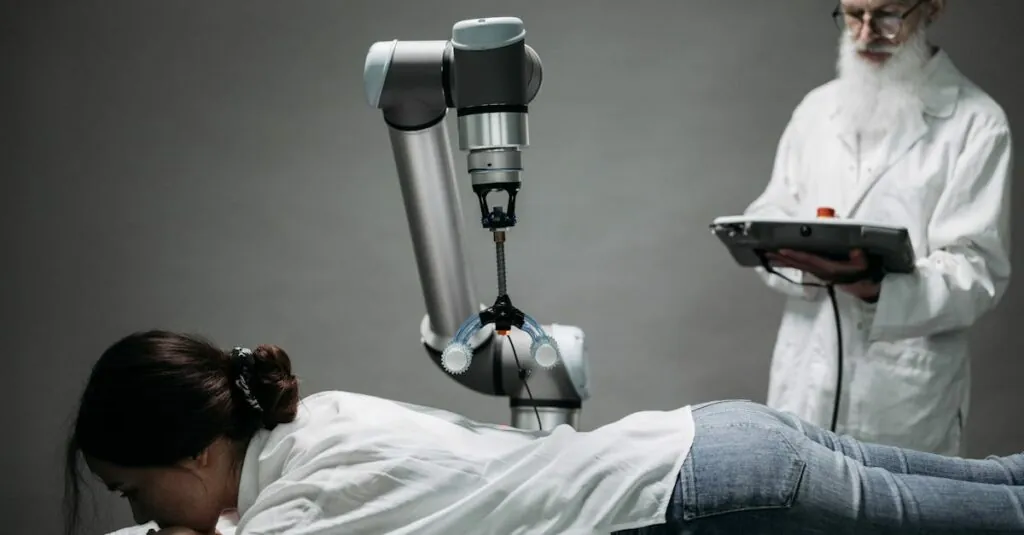Imagine a world where your devices not only monitor your health but also integrate seamlessly into your daily life, making you feel like you’re living in a sci-fi movie. Meta wearables are making that future a reality, think of them as the Swiss Army knives of personal tech. They’re cool, they’re smart, and they might just be the best decision you make this year. Ready to jump into the world of meta wearables? Let’s explore what makes these gadgets the future of personal technology.
Table of Contents
ToggleWhat Are Meta Wearables?

Meta wearables are advanced technological devices that enhance personal experiences through augmented reality (AR) and virtual reality (VR). Unlike traditional wearables, like fitness trackers or smartwatches, that merely monitor health metrics, meta wearables aim to integrate digital content with the physical world.
These innovative gadgets come equipped with sensors and interactive interfaces, allowing users to engage with digital environments in real-time. Whether it’s navigating a new city with AR overlays or monitoring body metrics while engaging in a VR workout, the possibilities are virtually endless. And believe it or not, this isn’t just a far-off dream, it’s happening right now.
Types of Meta Wearables
Meta wearables come in various forms, each designed to enhance user experience in different ways. Here’s a quick rundown:
Smart Glasses
Think of smart glasses as a mini billboard for your face. They can deliver notifications, navigation prompts, and even multimedia content without requiring you to pull out your phone. Popular examples include Google Glass and the upcoming devices from Meta.
Benefits of Using Meta Wearables
Using meta wearables offers a plethora of advantages:
- Enhanced Interaction: With these devices, the boundary between the digital and physical worlds blurs. Imagine ordering coffee simply by looking at the menu displayed in front of you.
- Health Monitoring: They can track various health metrics and even alert you to potential medical issues before they escalate. Who wouldn’t want a personal health assistant on hand?
- Improved Productivity: Whether working from home or in an office, meta wearables can streamline workflows by providing intuitive notifications and easy access to information.
Challenges and Considerations
While the allure of meta wearables is hard to resist, they come with their own set of challenges and considerations:
- Privacy Concerns: With great technology comes great responsibility (and a few privacy headaches). Users need to be cautious about the data collected by these devices and how it’s used.
- Cost: High-tech gadgets can come with a hefty price tag. Not everyone may find the investment worthwhile, especially if they’re just starting to venture into wearable technology.
- User Adoption: Many people are still getting comfortable with traditional wearables. Getting over the initial learning curve with meta wearables may discourage some users.
Key Players in the Meta Wearables Market
As you might expect, a competitive landscape is emerging around meta wearables. Some of the key players include:
- Meta Platforms (formerly Facebook): Pioneering the integration of social features with AR and VR.
- Google: Innovating in smart glasses technology.
- Apple: Rumored to be entering the meta-wearable space soon.
These companies are continuously working on pushing the limits of what’s possible, driving innovation and accessibility in the market.
The Future of Meta Wearables
What does the future hold for meta wearables? Well, it’s likely to be even more interconnected and intuitive. As technology advances, we can expect meta wearables to become smaller, smarter, and even more powerful.
Further advancements in AR and VR integration could lead to innovations like mind-controlled devices. Imagine wearing a headset that helps you operate your tech with just your thoughts. It might sound straight out of a sci-fi novel, but significant technological strides are already paving the way for this future.





